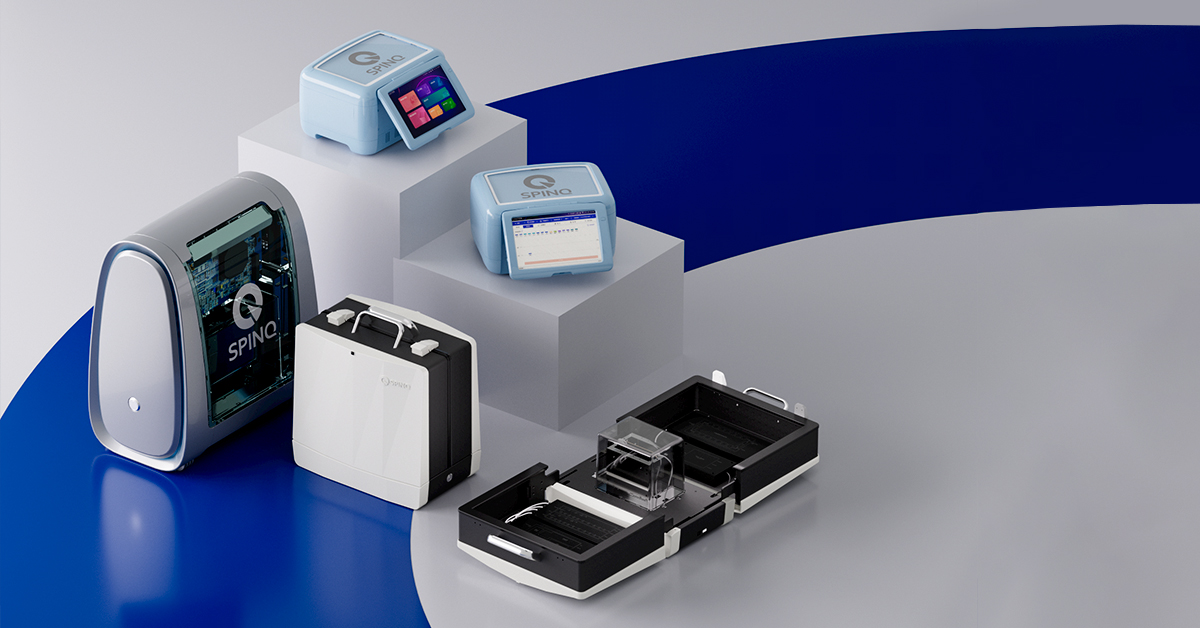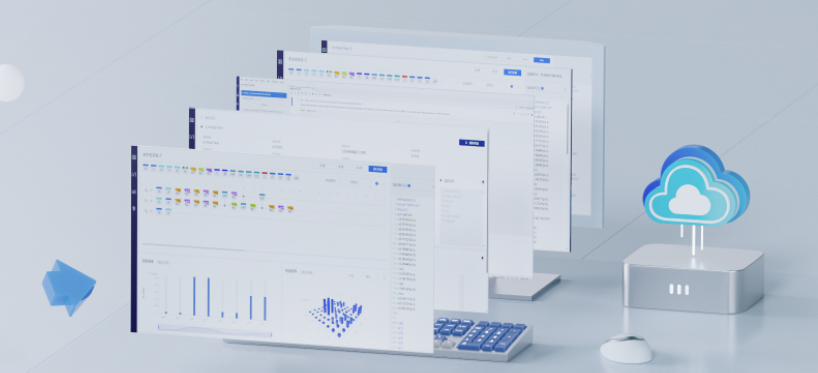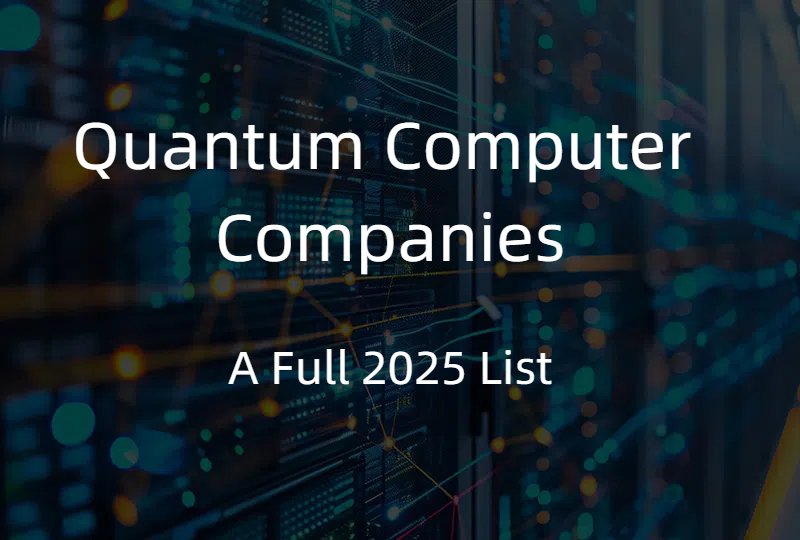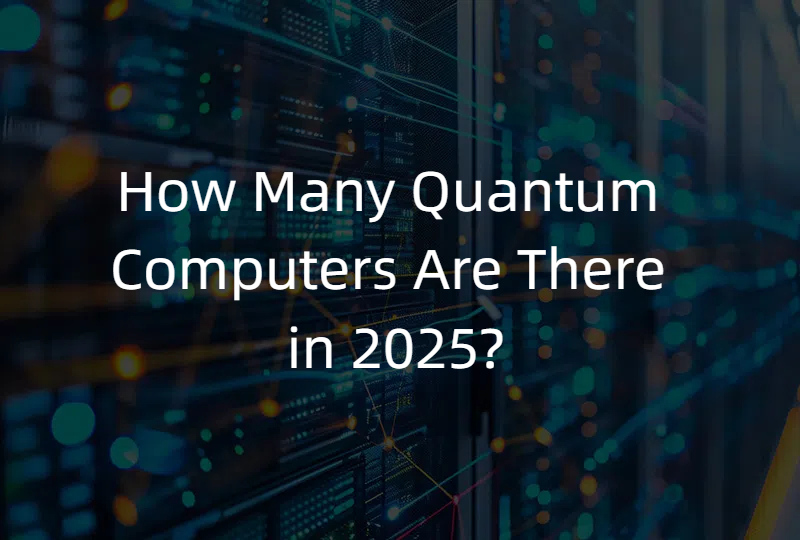Quantum Computer Costs - Unraveling the Pricing Landscape
2025.07.10 · Blog how much do quantum computers costSuperconducting quantum computerQuantum computing
Introduction
The cost of quantum computers is a topic of great interest as this revolutionary technology continues to gain traction. The price can vary significantly depending on multiple factors, and understanding these aspects is crucial for businesses, research institutions, and individuals looking to engage with quantum computing.
Factors Influencing Quantum Computer Costs
-
Type of Quantum Computer
Superconducting Quantum Computers: These are among the most advanced and widely - developed types. Superconducting qubits require extremely low - temperature environments (near absolute zero) to operate, which demands sophisticated cryogenic systems. This complex infrastructure significantly contributes to the cost. For example, the need for specialized refrigeration units to maintain the low temperatures adds a substantial expense.
Ion - Trap Quantum Computers: Ion - trap quantum computers use individual trapped ions as qubits. The process of trapping and manipulating ions requires precise control systems, including high - power lasers and electromagnetic fields. The cost of these control systems, along with the need for a highly controlled environment to prevent ion loss, makes ion - trap quantum computers relatively expensive.
Nuclear Magnetic Resonance (NMR) Quantum Computers: NMR quantum computers use the nuclear spins of atoms in a molecule as qubits. They have the advantage of being able to operate at room temperature, which reduces some infrastructure costs. However, the complexity of the NMR technology and the need for high - precision radio - frequency pulses for qubit manipulation still contribute to their overall cost.
-
Number of Qubits
Generally, the more qubits a quantum computer has, the higher its cost. Qubits are the fundamental units of quantum information, and increasing their number exponentially expands the computational power of the quantum computer. Developing and integrating a larger number of qubits into a stable and functional system is a challenging and resource - intensive task. For instance, a quantum computer with 50 qubits will likely cost significantly more than one with 10 qubits due to the additional complexity in qubit control, error correction, and overall system design.
-
Performance and Capabilities
Quantum computers with higher - quality qubits (measured by factors like qubit coherence time and fidelity) and advanced features such as better error - correction mechanisms come at a premium. A quantum computer with long - lasting qubit coherence times can perform more complex quantum operations without the qubits losing their quantum states, which is essential for running sophisticated algorithms. Achieving these high - performance characteristics requires advanced materials, engineering, and research, all of which drive up the cost.
Price Ranges of Different Quantum Computers
-
Educational - Grade Quantum Computers
NMR - based educational - grade quantum computers, like those offered by some companies for teaching and basic research, Prices can start from around ten to fifty thousand U.S. dollars. These are designed to introduce students and beginners to the concepts of quantum computing. They typically have a small number of qubits, often in the single - digit or low - double - digit range, and are relatively easy to operate. Their lower cost is due to their simplicity and limited capabilities compared to more advanced quantum computers.
-
Mid - Range Quantum Computers
Quantum computers with a moderate number of qubits (e.g., 10 - 50 qubits) and better performance for small - scale research and initial commercial applications cost typically range from half a million to five million U.S. dollars. These systems may be used by smaller research institutions or startups exploring the potential of quantum computing in specific areas such as drug discovery or financial optimization. They offer more advanced features than educational - grade models, including improved qubit control and some level of error - correction.
-
High - End Superconducting Quantum Computers
High - end superconducting quantum computers with a large number of qubits (50+ qubits) and state - of - the - art performance can cost typically start at over ten million U.S. dollars. These are often used by large research institutions, major corporations, or government agencies for cutting - edge research and complex applications. They require significant infrastructure investment, including advanced cryogenic systems, high - precision control electronics, and sophisticated software for qubit management. For example, a superconducting quantum computer with 100+ qubits, designed for tackling complex problems in areas like climate modeling or advanced cryptography, can be in the tens of millions of dollars range.
Alternatives for Cost - Effective Quantum Computing
-
Cloud - Based Quantum Computing
Cloud - based quantum computing platforms offer an alternative for those who want to access quantum computing power without the high upfront cost of purchasing a physical quantum computer. Users can rent time on these quantum computers, paying either per task, per minute of usage, or through subscription - based models. This allows businesses and researchers to experiment with quantum computing at a fraction of the cost of owning a dedicated machine. For example, some cloud - based services may charge a few dollars per quantum computing task, making it accessible for small - scale projects.
-
Collaborative Research Initiatives
Research institutions and companies can also consider participating in collaborative research initiatives. By pooling resources, they can share the cost of purchasing and maintaining a quantum computer. This not only reduces the financial burden on individual entities but also promotes knowledge sharing and collaboration in the quantum computing community.
Conclusion
The cost of quantum computers varies widely based on their type, number of qubits, and performance capabilities. While high - end quantum computers can be prohibitively expensive for many, cloud - based services and collaborative initiatives offer more cost - effective ways to engage with this exciting technology.
Featured Content


.jpg)






